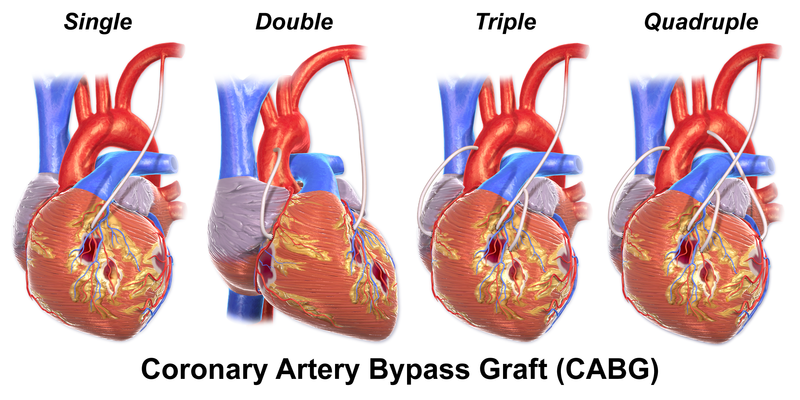Cost effectiveness: CABG vs. PCI
Contents
In 2003, eleven health economists did a systemic review and economic evaluation on stents [43]. They clearly stated that in the absence of substantive clinical evidence of the superiority of stenting with DES over CABG for two- and three-vessel disease, to encourage the widespread use of DES will drive up the cost of stenting and if allowed to displace CABG, reduce the gain in quality and possibly duration of life arising from CABG in the long term.
In a cost-effectiveness analysis of 1720 patients who were allocated to PCI, CABG or either therapy were followed for seven years. It was concluded that while the medical therapy and CABG were cost-effective at a conventional quality-adjusted life year of $60,000, PCI was not cost-effective, and the additional benefit of stenting over best medical therapy was ‘too small to justify the additional cost’. These findings are consistent with a previous report by the UK Health Technology Assessment Group, who also questioned whether the additional costs of DES were justifiable, warning that the widespread use of DES might reduce the gain in quality and possibly the duration of life arising from CABG in the long term [44, 45]. In 2006, the use of DES was 89% and 80% in Europe and in the US, respectively, and the off-label use of DES was 60%. After FDA warnings these ratios dropped by 20–25% in 2007. However, the reality is clinical practice DES use in multivessel disease is currently ‘off-label’ or beyond FDA-approved use.


Comments 2
Pingback: The MASS II Study - Cardiac Health
Pingback: Optimal Medical Therapy with or without PCI for Stable Coronary Disease - Cardiac Health